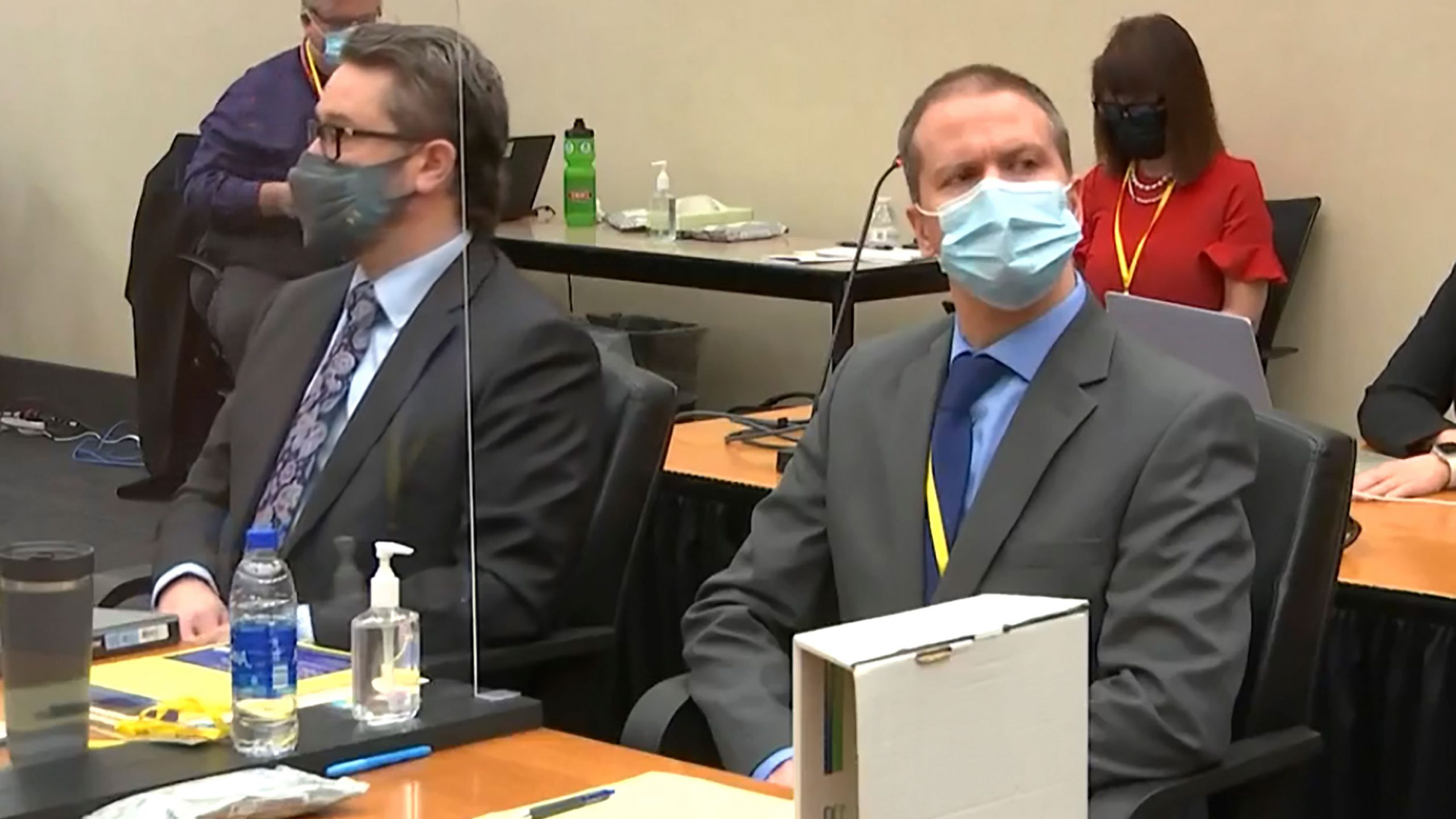The murder trial of Minneapolis Police officer Derek Chauvin’s murder trial, charged in the May 2020 death of George Floyd, kicked off this morning with prosecutors’ and the defense team’s opening statements.
In both opening statements, attorneys referenced the 9 minutes and 29 seconds, Chauvin kneeled on Floyd’s neck — correcting the 8:46 timing that has become a symbol of police brutality.
Prosecuting attorney Jerry Blackwell repeatedly emphasized the new 9:29 timing, telling jurors they were the “three most important numbers in this case.”
He broke down the timing of Chauvin’s kneeling into three sections: 4 minutes and 45 seconds as Floyd cried out for help, 53 seconds as Floyd’s flailed due to seizures and 3 minutes and 51 seconds as Floyd was non-responsive.
Chauvin’s defense similarly accepted the new timing as accurate to support its own arguments. “The evidence is far greater than 9 minutes and 29 seconds,” attorney Eric Nelson said in his opening, noting the many interviews and documents that he said would prove Chauvin is not guilty.
The 43-second difference between 8:46 and 9:29 has little impact on the case itself, but the 8:46 number had taken on a power of its own since Floyd died under Chauvin’s knee on May 25, 2020.
Protesters, including Democratic members of Congress, have held moments of silence for 8 minutes and 46 seconds, kneelings and “die-ins.” Comedian Dave Chapelle released a standup special about police violence and anti-Black racism titled simply “8:46.” The number even has its own Wikipedia page.
So where did the incorrect timing come from? The 8:46 timing initially was included in a criminal complaint against Chauvin.
That number was based on bystander video of Floyd’s death that went viral and led to public outrage. The video, which is over 10 minutes long in all, begins with Chauvin already on Floyd’s neck, so it was not immediately clear how long he had been on Floyd prior to the video’s start.
You can read more about the timing here.



















